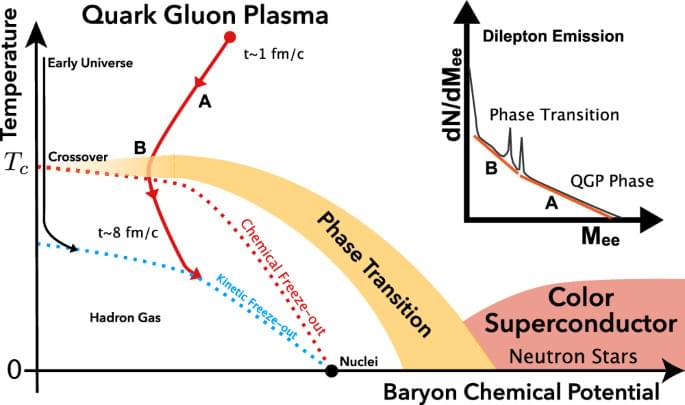Chameleons’ wandering eyes have fascinated and puzzled scientists since the days of ancient Greece. Now, after millennia of study, modern imaging has revealed the secret of their nearly 360-degree view and uncanny ability to look in two different directions at once. Behind their bulging eyes lie two long, coiled optic nerves—a structure not seen in any other lizard.
“Chameleon eyes are like security cameras, moving in all directions,” explained Juan Daza, associate professor at Sam Houston State University and author of a new study describing the trait. “They move their eyes independently while scanning their environment to find prey. And the moment they find their prey, their eyes coordinate and go in one direction so they can calculate where to shoot their tongues.”
The authors published their study in the journal Scientific Reports.









